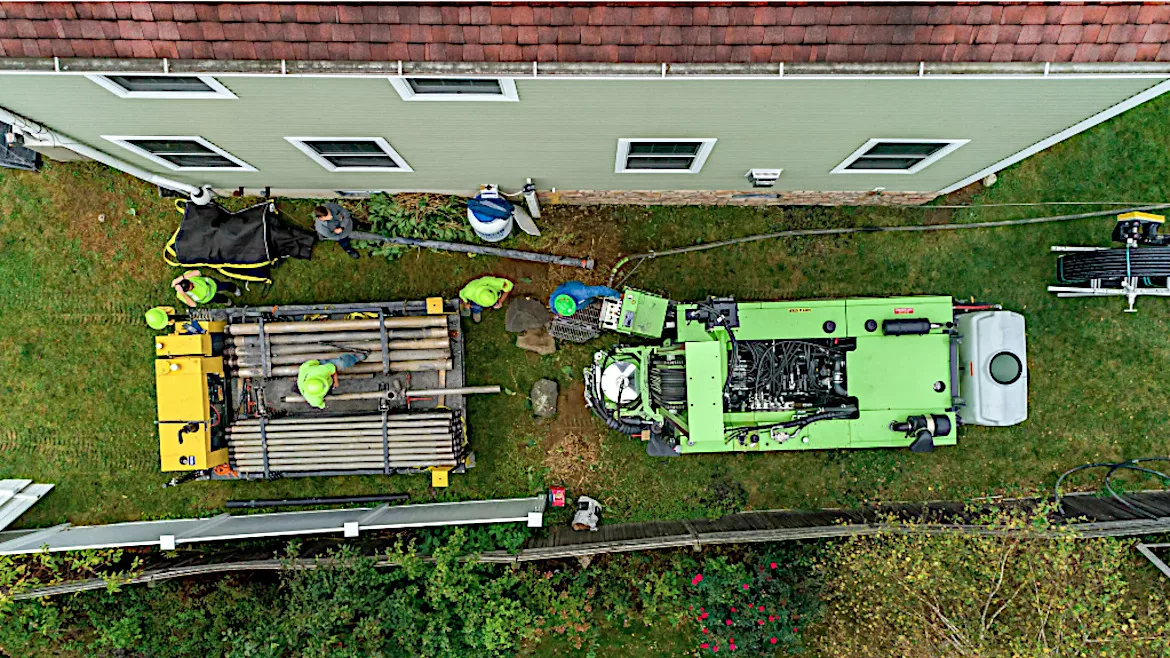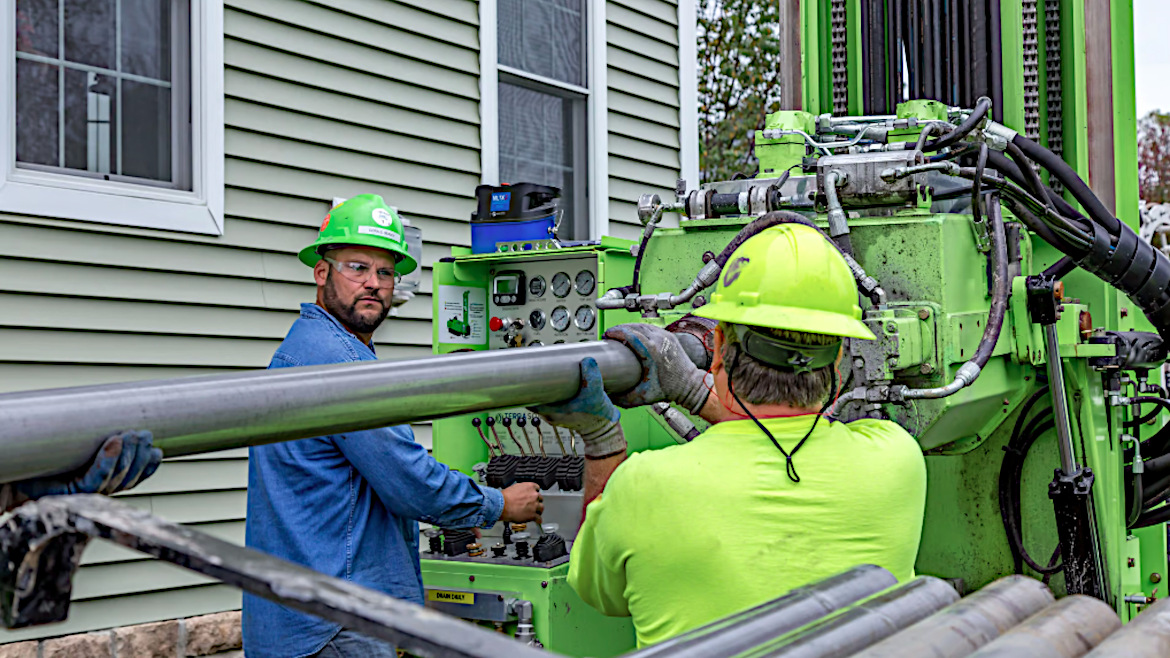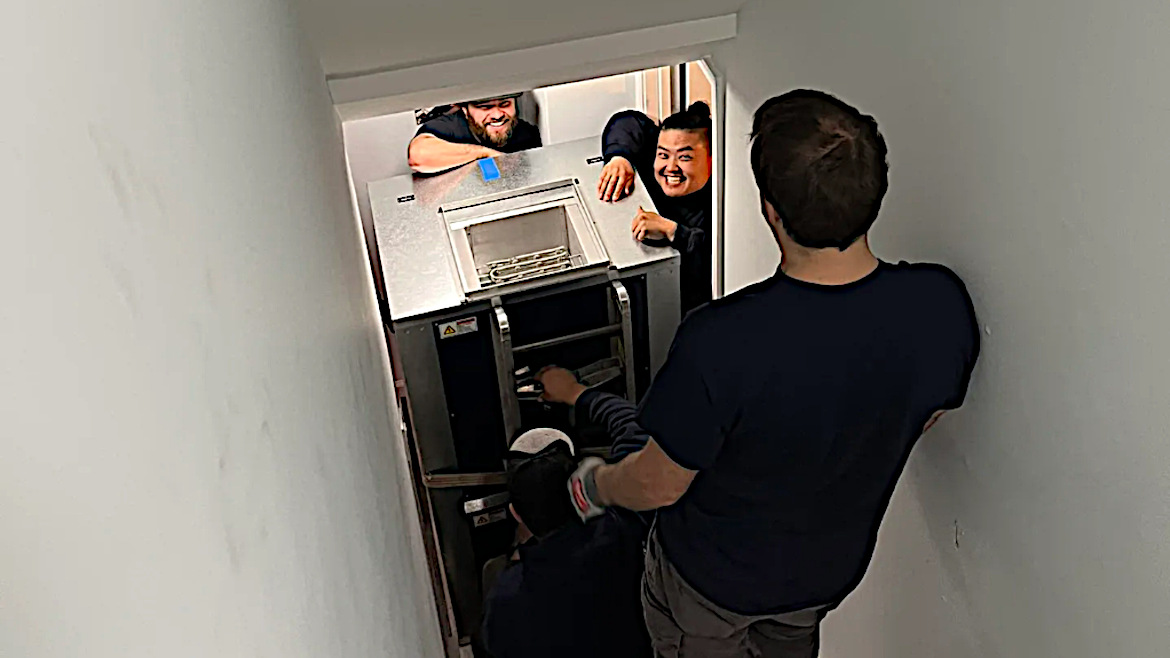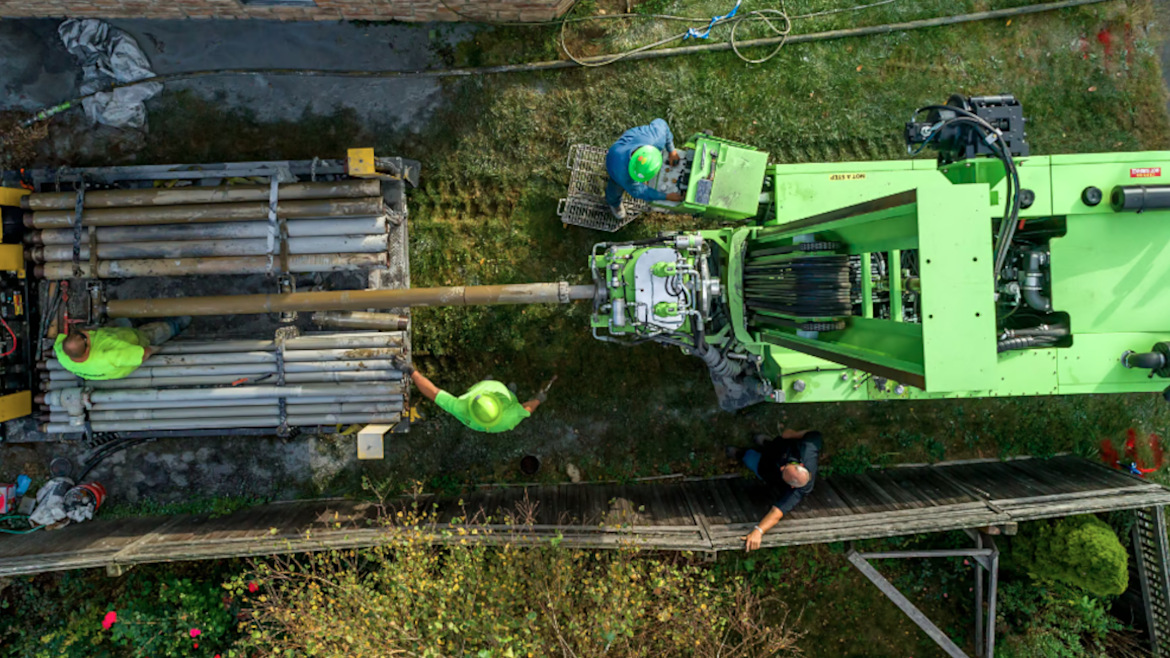Editorial Opinion | Nicole Krawcke
Inflation Reduction Act marks second anniversary
IRA legislation is influencing clean energy decisions.

Nationally, 80,000 households claimed the federal tax credit for geothermal heat pumps in 2023, according to the U.S. Department of Treasury. All images courtesy of Dandelion Energy, 2024.
Last month, the Inflation Reduction Act (IRA) marked its second anniversary. Signed into law on Aug. 16, 2022, the IRA represents the most significant federal action in U.S. history to address climate change. The act provides over $369 billion in funding for energy and climate programs, aiming to reduce greenhouse gas emissions, lower energy costs, and create jobs in the clean energy sector.
The IRA has spurred unprecedented growth in the renewable energy sector. Tax credits and subsidies for solar, wind, and battery storage have encouraged widespread adoption of these technologies. Tax incentives have spurred interest in residential heat pumps for heating and cooling. As a result, renewable energy capacity in the U.S. has expanded rapidly, helping to reduce reliance on fossil fuels.
Additionally, the IRA is responsible for nearly 1.5 million jobs across the green energy sector. From manufacturing solar panels and wind turbines to installing energy-efficient technologies in homes and businesses, the act has driven job growth in communities across the country. By promoting energy efficiency and renewable energy, the IRA has contributed to lower energy costs for consumers. Households and businesses have benefited from reduced utility bills, thanks to energy-saving upgrades and the increasing affordability of clean energy.

Multi-family owners and developers are showing increased interest in geothermal heat pumps since the commercial tax credit jumped from 10% to 20% with the passage of the Inflation Reduction Act. Image courtesy of Dandelion Energy
According to Heather Deese, director of policy and regulatory affairs for Dandelion Energy, a national home geothermal company, Dandelion Energy saw double-digit increase in sales volumes in the months after the IRA passed and word spread about the 30% uncapped tax credit for geothermal heat pumps.
“Nationally, 80,000 households claimed the federal tax credit for geothermal heat pumps in 2023 — more than 63% installed home battery systems (49,000),” Deese said. “The single-family home market is stronger than ever, thanks to the 30% individual tax credit in place for the next 10 years. At the same time, we’re seeing much more interest from multi-family owners and developers, since the commercial tax credit for geothermal heat pumps jumped from 10% to up to 50% with the passage of the IRA. The 30-50% commercial tax credit is set for 10 years and is transferable (tradeable) for businesses and refundable (direct pay) for non-profits and municipalities. Geothermal heat pumps are now an incredible value proposition for multi-family properties with a tax credit of up to 50% and 5-year accelerated depreciation.”
Though geothermal heat pumps have seen increased adoption through IRA incentives, these systems notoriously come with a high installation price tag. Deese notes that consumers are still sensitive to price, especially in the recent high interest rate environment.

According to Dandelion Energy's Heather Deese, many states and utilities offer generous energy efficiency rebates for geothermal heat pumps, alongside publicly subsidized loan products that put the purchase of a geothermal system within range for many homeowners. Image courtesy of Dandelion Energy
“Luckily, many states and utilities offer generous energy efficiency rebates for geothermal heat pumps, alongside publicly subsidized loan products that put the purchase of a geothermal system within range for many homeowners,” she says. “Homeowners save every month on their utility bills after their geothermal system is turned on, and can use their bill savings to cover their loan payments.”
Additionally, the IRA has made geothermal heat pumps more cost-competitive when compared to more traditional HVAC systems.
“For an individual home, the IRA provides an uncapped 30% tax credit for a geothermal heat pump, while the tax credits for traditional gas equipment and air source heat pumps are capped at $2,000,” Deese explains. “For multi-family buildings and other larger buildings, like schools, the 30-50% tradeable or refundable tax credit can make geothermal heat pumps the lowest first cost option for HVAC.”
The IRA has not been without its challenges. The legislation left a few open questions about the details of the tax credits.
“We are working as an industry to resolve with policy-makers,” Deese says. “The Commercial Tax Credit has a 10% bonus for ‘domestic content’ projects; while most ground source heat pumps installed in the U.S. are manufactured in the U.S., figuring out what is required for documentation is tricky. Another issue has to do with situations where one owner owns the ground heat exchanger (the buried piping that exchanges heat with the ground), and another owner owns the building and interior heat pump equipment. We are waiting on final guidance from the U.S. Treasury Department on how the tax credit works in this ‘split system ownership’ situation. Hopefully, we’ll have workable solutions on these issues this year.”

Dandelion Energy's Heather Deese notes that geothermal is poised to play a much larger role int he overall HVAC market for the foreseeable future. Image courtesy of Dandelion Energy
Deese adds that it would be difficult to overstate the impact that the IRA is having on the growth potential of the geothermal heat pump market. “As word is spreading about the available incentives, and geothermal heating and cooling is becoming more widely known as a tried and true technology, incoming leads to our company are sky-rocketing — and we hear the same is true across the industry. Geothermal is poised to play a much larger role in the overall HVAC market for the foreseeable future.”
There’s also another consideration on the future of the broader decarbonization and electrification agenda — the 2024 presidential election will play a crucial role in determining the pace and direction of U.S. climate policy. It could go one of two ways — continuation or expansion of current policies which could further advance the clean energy transition, increased funding, expanded tax credits and stronger regulatory measures to reduce emissions, or we could see rollbacks in the IRA’s provisions, which would slow the pace of decarbonization.
Regardless of the election outcome, businesses and markets are likely to play a key role in the decarbonization process. Many companies have already committed to net-zero goals and are investing in clean energy, driven by consumer demand, investor pressure and the economic benefits of sustainability. However, supportive federal policies will be essential to maintaining and accelerating this momentum.
Looking for a reprint of this article?
From high-res PDFs to custom plaques, order your copy today!









